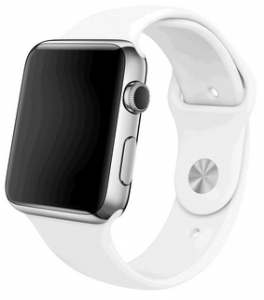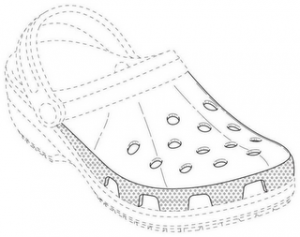You have created an ornamental design and are considering intellectual property protection. What kind of protection is available? How should you protect it? This article explores the different types of available intellectual property protection, including copyright, design patent and trademark.
An ornamental design can be any decorative design, whether applied on a 2D surface or a 3D surface or a 3D product.
Copyright
Copyright protects original works of authorship that have minimal creativity. Although copyright does not generally protect the design of useful articles (i.e. an object having an intrinsic utilitarian function, such as clothing, furniture, machinery, dinnerware, and lighting), surface ornamentation and separable design elements (from the utilitarian aspect) can be protected by copyright. Copyrightable design can be 2D or 3D. Filing a U.S. copyright application and securing registration is not required for protection, but, with certain limited exceptions, is required to file a lawsuit against infringers.
Design Patent
Design patent protects the ornamental, non-functional, aspect of an article of manufacture (or a portion thereof), or surface ornamentation on the article. Design patent can protect 2D surface ornamentation or a 3D configuration of a product. To secure a design patent, the design must be novel and non-obvious over existing prior art (i.e. prior publications, patents, products, designs that are publicly available).
Trademark
Trademark protects the non-functional aspect of a design or product configuration as a source identifier of certain goods and/or services. Adesign trademark (e.g. a logo) or product configuration trademark (i.e. trade dress) can be 2D or 3D, and must be inherently distinctive or have acquired secondary meaning.
Each of these protection is independent, separate, and distinct from each other. Therefore, all 3 types of protection may apply to a particular design. The follow table provides a summary of each type of protection.
| Copyright | Design Patent | Trademark | |
| Subject Matter | Original works of authorship fixed in a tangible medium of expression. | Ornamental, non-functional, aspect of an article of manufacture or surface ornamentation on the article | Non-functional aspect of a design or product configuration as a source identifier of certain goods/services |
| Examples | 
Design of a bag |

Apple Watch |

Crocs Footwear |
| Scope of Protection | Exclusive right to reproduce, distribute, publicly display, and prepare derivative works. | Right to exclude others from making, using, offering for sale, selling or importing the protected design. | Prevent others from using a similar design or product configuration for related goods/services. |
| How to Secure Rights? | Upon fixation on a tangible medium. | File a design patent application. | Upon use of the design or product configuration as a source identifier on or in connection with the goods/services. |
| Where to File? | U.S. Copyright Office | U.S. Patent and Trademark Office | U.S. Patent and Trademark Office |
| Why File? | For additional statutory benefits, such as the ability to file a federal lawsuit for infringement, eligible for statutory damages and attorney’s fees, presumption of ownership and validity, and recordation with U.S. Customs | No design patent protection unless a design patent is filed and issued. Design patent has presumption of ownership and validity, provides the ability to file a federal lawsuit for infringement, and eligible for attorney’s fees. | For additional statutory benefits, such as nationwide priority of rights and notice, prevent registration of similar trademarks, ability to file a federal lawsuit for infringement, eligible for statutory damages and attorney’s fees, presumption of ownership and validity, and recordation with U.S. Customs. |
| When to File? | Anytime (but sooner is better). | Within one year of sale or public disclosure (i.e. made known to others) of the article embodying the design | Anytime (but sooner is better). |
| What Needs to be Submitted for Filing? | Copy of the design sufficient to disclose can be photos or line drawings. | Typically seven views from different angles (front, rear, left, right, top, bottom, perspective), can be photos or line drawings. | Typically one view can be a photo or line drawing. |
| Requirements for Protection | Original and minimal creativity | Novel and non-obvious over the prior art | Has acquired secondary meaning or is inherently distinctive |
| How Long Does it Take to Secure Registration? | Less than 1 year | 1-2 years | 1-2 years |
| How Long Does it Last? | Life of author plus 70 years | 15 years from issuance | Can last forever, so long as there is use of the mark (and if registered, timely maintenance is filed)
|
| Maintenance Requirements | None | None | By the 6th year of registration, and then by the 10th year and then every 10 year thereafter
|
| Infringement Standard | Anyone who reproduces, distributes, publicly displays, and prepares derivative works that is substantially similar to the work without permission | Anyone who makes uses, offers for sale, sells or imports a substantially similar design without authorization. | Anyone using a similar design or product configuration for related goods/services that causes a likelihood of confusion. |
| Infringement Damages | Lost profits (actual damages) and infringer’s profits. | Lost profits or reasonable royalties and infringer’s profits. | Lost profits (actual damages) and infringer’s profits. |